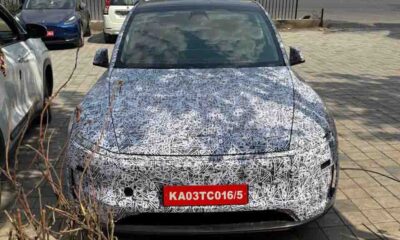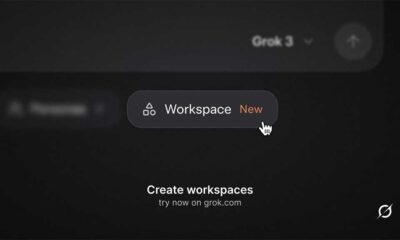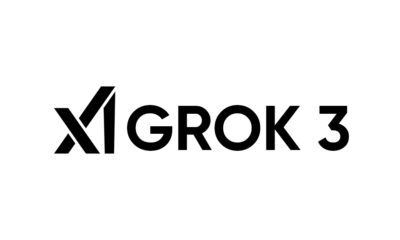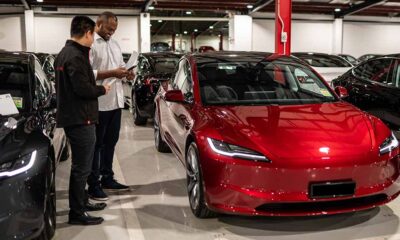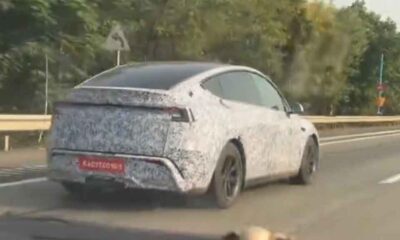Tesla
Tesla announces Vision Autopark for Ultrasonic Sensors vehicles in US and Canada
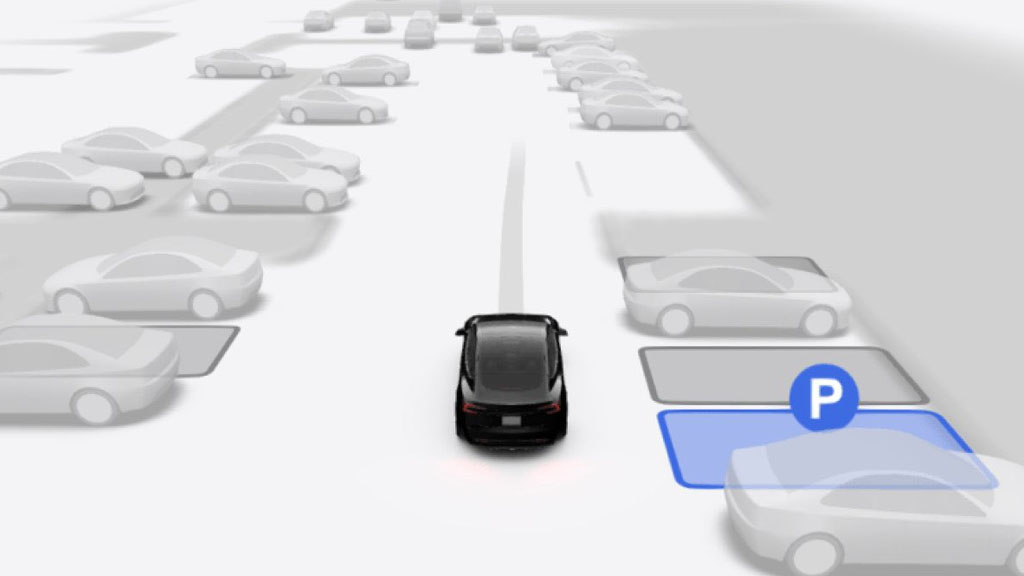
Tesla officially announced that the Vision Autopark feature is now rolling out for Teslas with Ultrasonic Sensors in the US and Canada, the company wrote on social media site X, formerly Twitter.
The new change is part of the recent FSD 12.3.6 release and the company is bringing two new features – Autopark and Vision Autopark modes for old vehicles without Vision system.
After the upgrade, you can choose between Standard Ultrasonic (USS) or new Vision-based autopark from the “Park Assist” settings. The first enables the car to utilize its USS sensors to measure the distance and initiate autopark.
The second shows a 3D visualization of the entire parking area including proximity, nearby objects, barriers, parked or moving vehicles, and road markings. This could be quite intriguing to the Tesla customers and improve their experience.
Autopark is now simpler than ever, you can access the new tap-to-park feature. When you are in a parking area and driving at low speed, you will see “P” for available parking space. It will also highlight the space with rectangular shapes throughout the parking lot.
Tesla Vision Autopark now rolling out to vehicles with ultrasonic sensors in the US & Canada https://t.co/NA24VRCHQd
— Tesla (@Tesla) April 30, 2024
Select one of these rectangles and begin the autopark. This feature supports both parallel and perpendicular parking.
Starting in 2021, Tesla transitioned from radar-based systems to camera-based Vision systems. The company transitioned Model 3, Y, S, and X to the Vision system and started selling new models with this functionality.
The EV maker also removed USS from new vehicles and replaced it with a vision-based occupancy network. This new tech aimed to replace inputs received from USS with spatial positioning, long-range visibility, and the ability to identify more objects.
The transition caused new and old Tesla owners to lose prominent features – Autopark Summon and Smart Summon. Earlier this year, the company brought back the auto park feature for vehicles with a Vision-only system and now it has started to rollout for USS-only vehicles.



